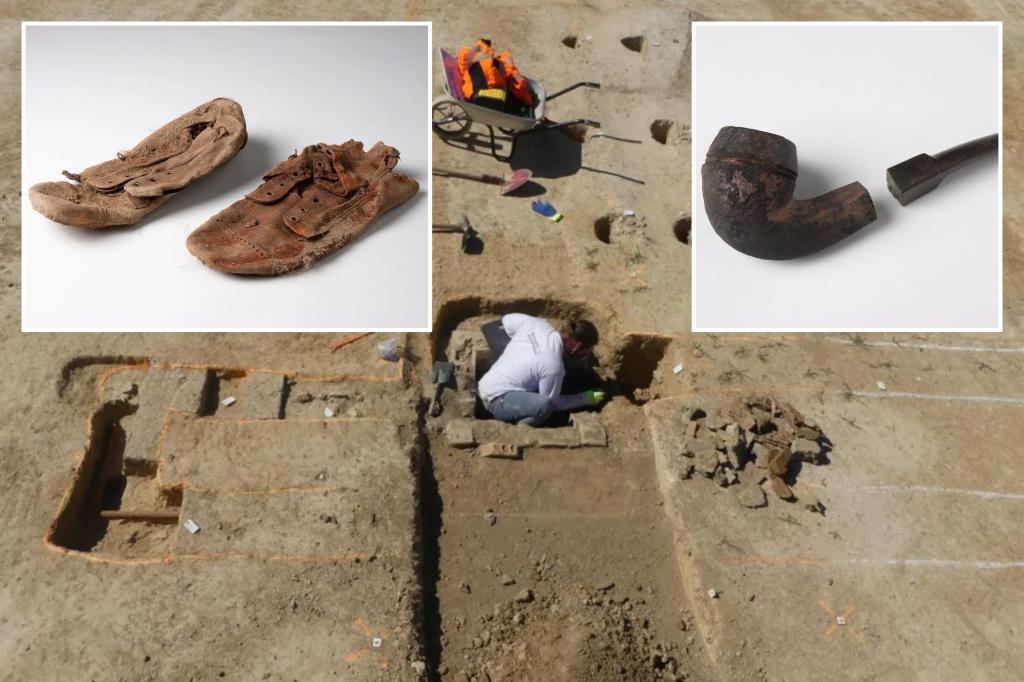French archaeologists recently discovered the remains of an American hospital dating back to World War I in the town of Savenay, located in the region of Pays de la Loire in northwestern France. The hospital, built to accommodate American soldiers, was part of a network of hospitals strategically placed near the ports of Nantes and Saint-Nazaire for easy connection to main French rail lines.
The hospital, which had been reduced to rubble, was part of a network of several hundred hospital structures built across France during World War I. These included simple field hospitals as well as vast structures capable of accommodating up to 25,000 injured and sick individuals. The first American soldiers arrived in France in June 1917, and the hospitals were designed to provide medical care to them without relying on French hospitals.
During the excavation of the American hospital site, archaeologists found a variety of artifacts including medical bottles, combs, buttons, a smoking pipe, a medical clamp, a razor, a watch case, various cups, and a pair of shoes. The site was divided into two distinct parts – a fenced area built to protect the hospital and 20 “dump pits” that held construction waste and artifacts. Evidence of a water pipe network that delivered clean water was also found on the site.
The dump pits at the site contained mainly construction waste and provided a glimpse into the daily life at the hospital during World War I. Archaeologists noted that similar American hospital complexes in France functioned as autonomous cities, developing their own sewer networks and sometimes even having their own railway services. The excavation at the site offered valuable insights into the history of the American hospital and its role in providing medical care to soldiers during the war.
The archaeological excavation of the American hospital site in Savenay offers numerous research perspectives and sheds light on the medical practices and living conditions of American soldiers during World War I. INRAP, the National Institute for Preventive Archaeological Research, used the dig as an opportunity to educate high school students about preventative archeology. An exhibition showcasing the findings of the excavation is scheduled to be unveiled, providing further insights into the history of the hospital and its significance during World War I.
INRAP, the organization responsible for the excavation, has stated that the dig offers valuable research opportunities and contributes to our understanding of the historical context surrounding American hospitals in France during World War I. The artifacts discovered at the site provide a tangible connection to the past and offer a glimpse into the daily lives of individuals who were involved in providing medical care to soldiers during the war. Fox News Digital reached out to INRAP for further information and comments on the excavation and its findings.


